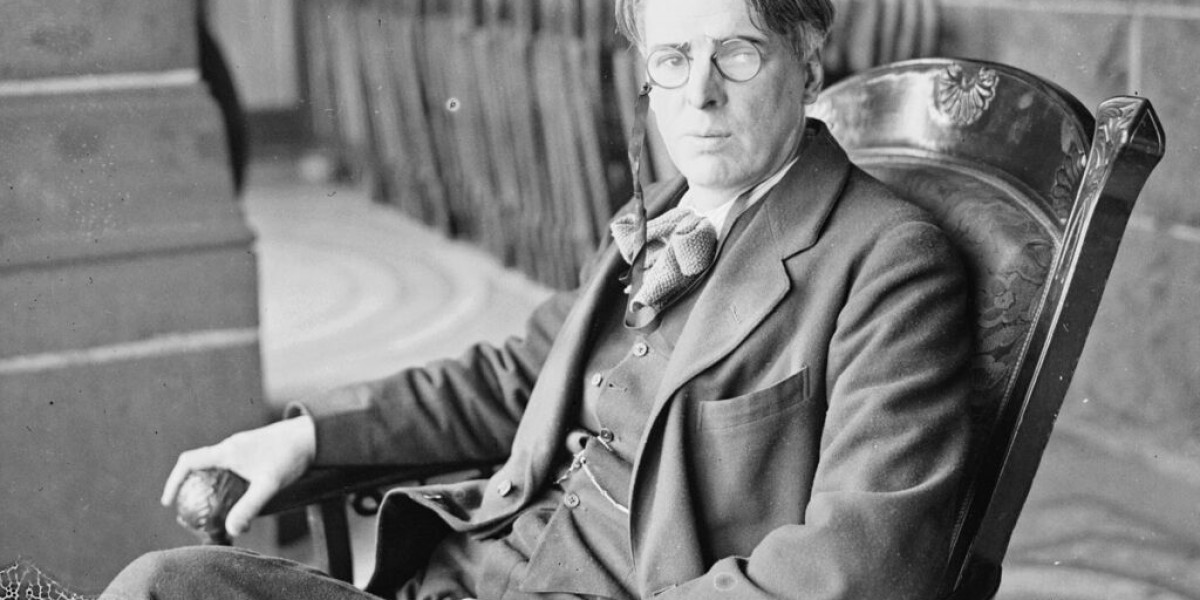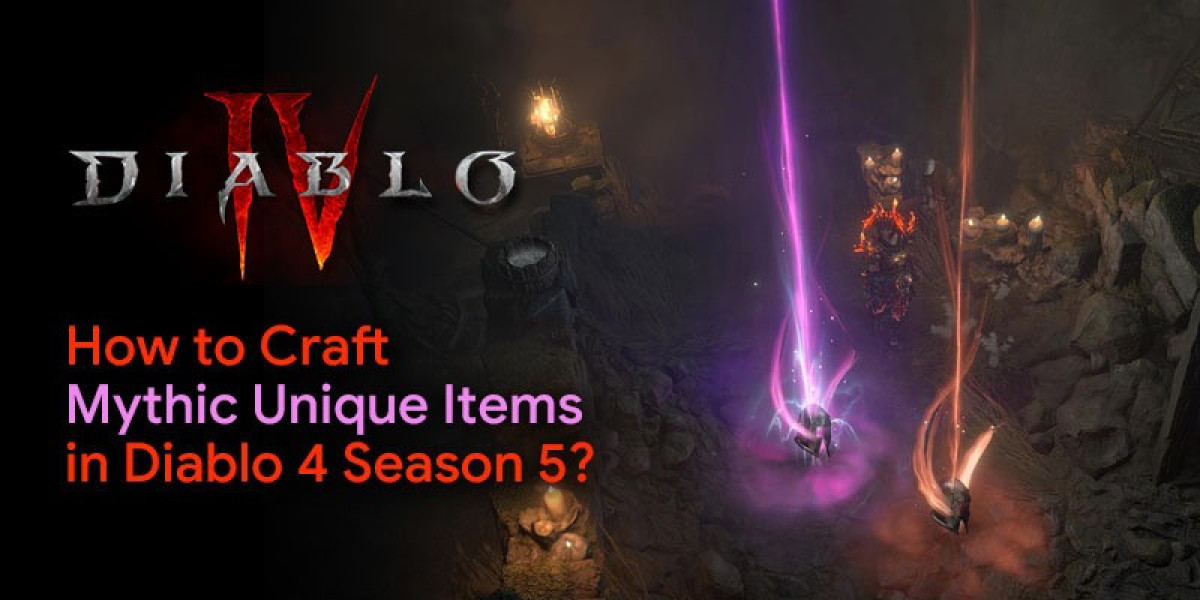W.B. Yeats is a poet whose words move between two worlds — one grounded in the real, and the other steeped in the spiritual and mystical. His poetry often explores the realms of myth and memory, blending what seems impossible with the everyday. Reading Yeats can feel like crossing between two dimensions, where ancient gods, spirits, and dreams flow through his lines. His work is timeless and available through many resources, such as free books in digital libraries, which offer a gateway to discover his unique vision.
Yeats’ Exploration of Myth in Poetry
Yeats was fascinated by mythology, drawing heavily on Irish folklore, ancient Greek tales, and the mysticism of the Celtic past. He saw myths not just as stories but as powerful symbols that connect us to universal truths. Through characters like Cuchulain or gods like Aengus, Yeats invited readers into a world where legends shape the present and reveal deeper spiritual truths.
These myths became metaphors for human emotions and conflicts. Yeats believed that myth could express feelings that ordinary language struggled to capture. By weaving mythology into his poems, he allowed ancient voices to speak through modern times.
How Memory Shapes Yeats’ Poetry
While myth provided a framework for Yeats’ spiritual explorations, memory played an equally important role. His poetry often reflects on the passage of time, loss, and the desire to preserve the past. The intertwining of memory with myth creates a unique narrative flow, blurring the line between personal experience and universal truths.
Memory in Yeats’ work was more than simple recollection. It held a sacred quality, an attempt to keep what was valuable alive, even if only in the mind. In poems like “The Tower,” he reflected on aging, time slipping away, and the desire to hold onto fleeting moments.
The Spiritual and the Real: Finding Balance
Yeats’ poetry does not simply float in a world of myths and dreams. He also engaged with the tangible world, finding ways to anchor his spiritual ideas in the realities of life. This tension between the mystical and the real is where Yeats’ genius lies. His poetry reaches beyond surface-level emotions, touching on themes like political unrest, love, and national identity.
This balance between the spiritual and the real allowed Yeats to craft poetry that resonated with a wide audience. Whether speaking of lost love or ancient myths, his words carried weight in both everyday struggles and the eternal questions that have haunted humans for centuries.
Key Themes in Yeats' Poetry
Yeats’ poetry touches on many themes, yet certain ideas stand out repeatedly. Here’s a quick look at some of the recurring motifs you’ll find in his work:
- Mythology as a bridge to deeper understanding
- Memory as a way to preserve the past
- The search for spiritual meaning in the physical world
- Political and personal identity
- The balance between reality and the mystical
Each of these themes reflects the complexity and depth of Yeats’ writing. They blend seamlessly into his poems, inviting readers to think, feel, and question.
Yeats’ Legacy: A Timeless Blend of Real and Spiritual
Yeats’ poetry continues to speak to new generations of readers. His work is not only a reflection of his time but a window into the spiritual and the mythical realms that remain relevant today. He inspires readers to reflect on their own experiences and to find connections between the seen and unseen.
Yeats’ ability to intertwine the spiritual with the real makes his poetry timeless. It bridges gaps, connecting modern readers to ancient myths while also resonating with their everyday lives. Through this interplay, Yeats crafts a world where memory, myth, and reality form a seamless tapestry — one that still captivates those who dare to enter.









